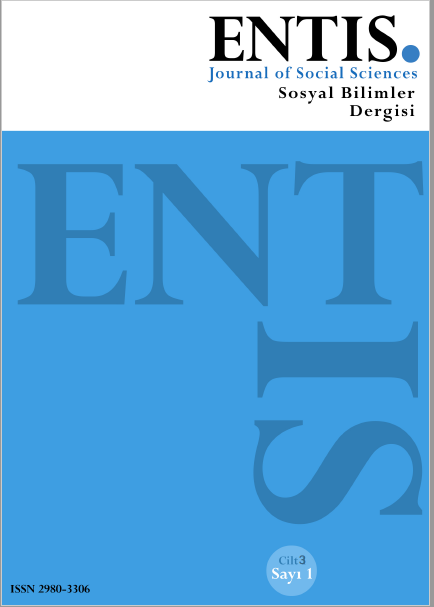The ffect of Perception of Space in Apparel Stores on Users
Keywords:
Spatial Perception, Store Design, Luxury Segment, Economic Segment, Retail Store.Abstract
This study aims to examine how store design elements in the retail sector influence consumers’ spatial perception. The research involves a comparative analysis of Beymen, representing the luxury segment, and Colin’s, representing the economic segment. The study focuses on key spatial design components—color, lighting, texture, material, and environmental factors—and their effects on consumer behavior. Using a qualitative approach, both the interior and exterior designs of the stores were closely examined. One of the main findings indicates that design elements play a critical role in reinforcing brand perception. While the luxury brand Beymen creates a prestigious impression through dramatic and aesthetic design features, the economic segment brand Colin’s adopts a more functional and accessible design philosophy. The research underscores the importance of optimizing design strategies in both segments to align with their target audiences. Building on these findings, it is recommended that luxury stores enhance their theatrical and aesthetic design elements via digital technologies, while economic segment stores enrich their functional designs with thematic and decorative touches to offer a more appealing consumer experience. In conclusion, the study provides a strategic framework for optimizing spatial perception in the retail sector to secure a competitive advantage.



